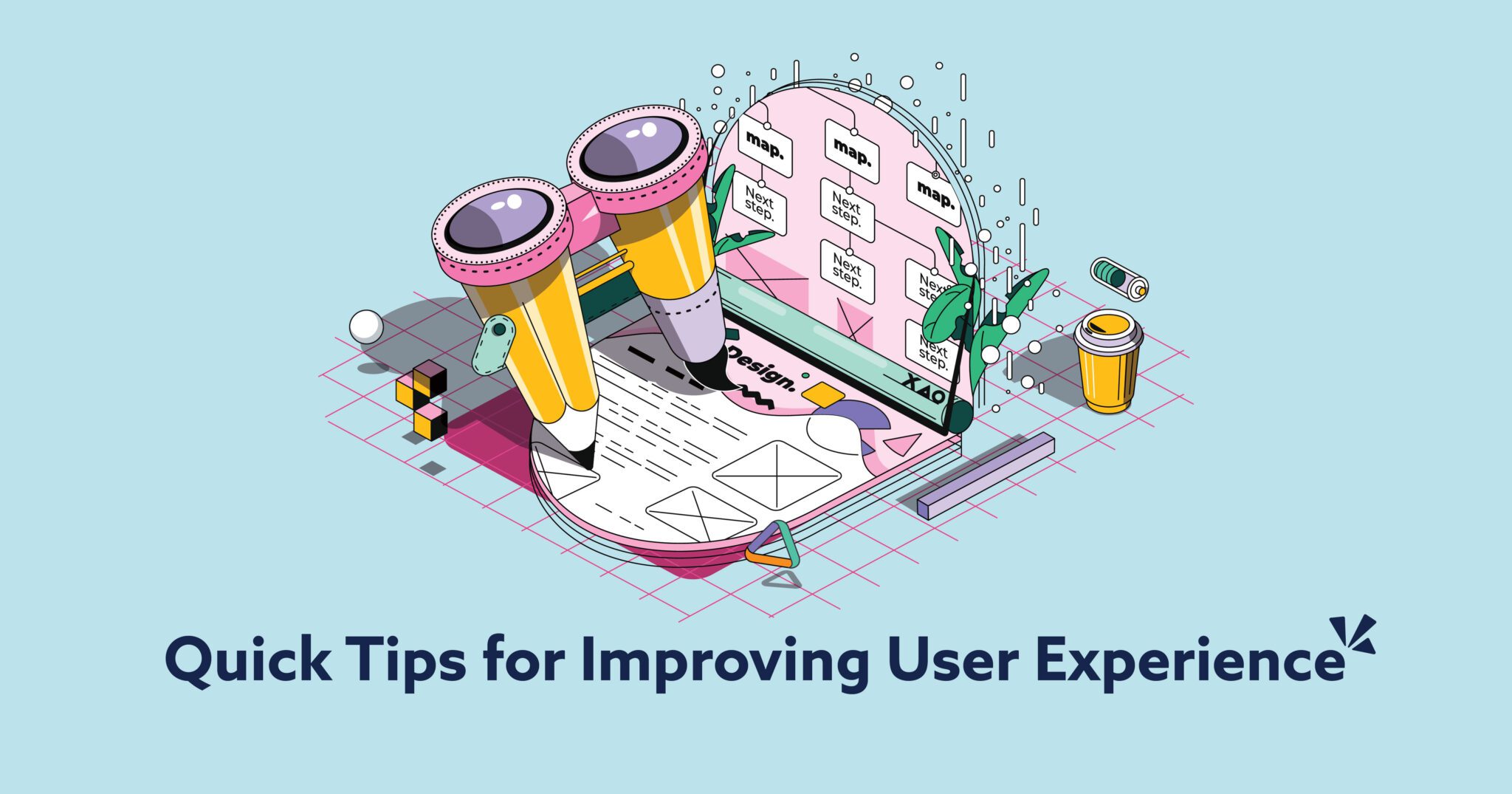Quick Tips for Improving User Experience

In today’s digital-first world, user experience is a crucial factor in the success of any website. Whether you’re running a business, managing a personal blog, or designing for a client, delivering an excellent user experience is essential for retaining visitors, reducing bounce rates, and encouraging conversions. The good news is, improving your website’s user experience doesn’t always require a massive overhaul. Often, it’s about focusing on the right areas and making strategic tweaks that enhance usability, speed, and accessibility.
Here are some quick tips for improving user experience in website design:
1. Prioritize Page Load Speed
Speed is arguably one of the most critical factors in user experience. Research shows that a one-second delay in page load time can result in a 7% loss in conversions. Visitors expect a fast and seamless browsing experience, and any delays can lead to frustration, increased bounce rates, and lost business.
How to improve page speed:
- Optimize images: Compress images without losing quality and consider using modern formats like WebP.
- Minimize HTTP requests: Reduce the number of files loaded on the page (e.g., scripts, stylesheets).
- Use browser caching: Leverage browser caching to store resources for subsequent visits.
2. Responsive Design is Non-Negotiable
With the ever-increasing use of mobile devices, ensuring your website is responsive is more important than ever. Mobile traffic accounts for over half of all web traffic, meaning your site needs to perform well on various screen sizes—from smartphones to tablets to desktops.
Responsive design best practices:
- Ensure touch-friendly elements, such as larger buttons and proper spacing.
- Avoid horizontal scrolling, as this frustrates users.
- Test on multiple devices and screen sizes to ensure your design works seamlessly.
3. Simplify Navigation
Your website’s navigation should be intuitive and straightforward. A cluttered or complex navigation system can confuse users and make it harder for them to find the information they need. Visitors should be able to reach their desired content with minimal clicks.
Ways to simplify navigation:
- Limit the number of menu items in the primary navigation bar.
- Use descriptive labels for menu items rather than jargon or generic terms.
- Implement a search function to help users find content quickly.
- Organize content hierarchically, with the most important pages being easy to find.
4. Minimize Distractions
Distractions like pop-ups, excessive ads, or too many animations can detract from the user experience. While these elements might seem like good ways to grab attention, they often lead to user frustration, higher bounce rates, and lower conversion rates.
Ways to minimize distractions:
- Limit the use of pop-ups and ensure they are easy to close if used at all.
- Avoid auto-playing media, such as videos or music, which can disrupt the browsing experience.
- Keep animations subtle and ensure they serve a functional purpose, rather than distracting from the core content.
5. Optimize Forms for Usability
Forms are critical for gathering user data, facilitating purchases, and generating leads. However, poorly designed forms can lead to user frustration and abandonment. Focus on making forms simple and easy to complete.
Form optimization tips:
- Only ask for necessary information. Long forms can deter users, so keep it short and concise.
- Use clear labels and input field descriptions to guide users.
- Make sure forms are mobile-friendly, with large, tappable fields and buttons.
6. Create Engaging and Relevant Content
At the core of any successful website is valuable content. Content should not only be relevant to your audience but also engaging, easy to read, and presented in a visually appealing way. Content that resonates with users keeps them on the page longer and encourages them to return.
Content tips:
- Break up text with headings, subheadings, and bullet points to make it scannable.
- Use a conversational tone that speaks directly to your audience’s needs and pain points.
- Incorporate visual content like images, infographics, and videos to make content more engaging.
- Keep call-to-action buttons clear, concise, and prominently displayed to guide users through the site.
Enhancing your website’s user experience isn’t just about making it look good—it’s about creating a smooth, fast, and easy-to-navigate experience that works for everyone. By focusing on things like speed, responsiveness, navigation, accessibility, and content, you can make a big difference for your visitors. A great user experience doesn’t just boost engagement and conversions—it also helps build trust and loyalty over time. Start with small, meaningful updates. If you’re reading this, chances are you’re thinking about improving your website’s user experience. If you need a hand or some guidance, our team of experts is here to help!